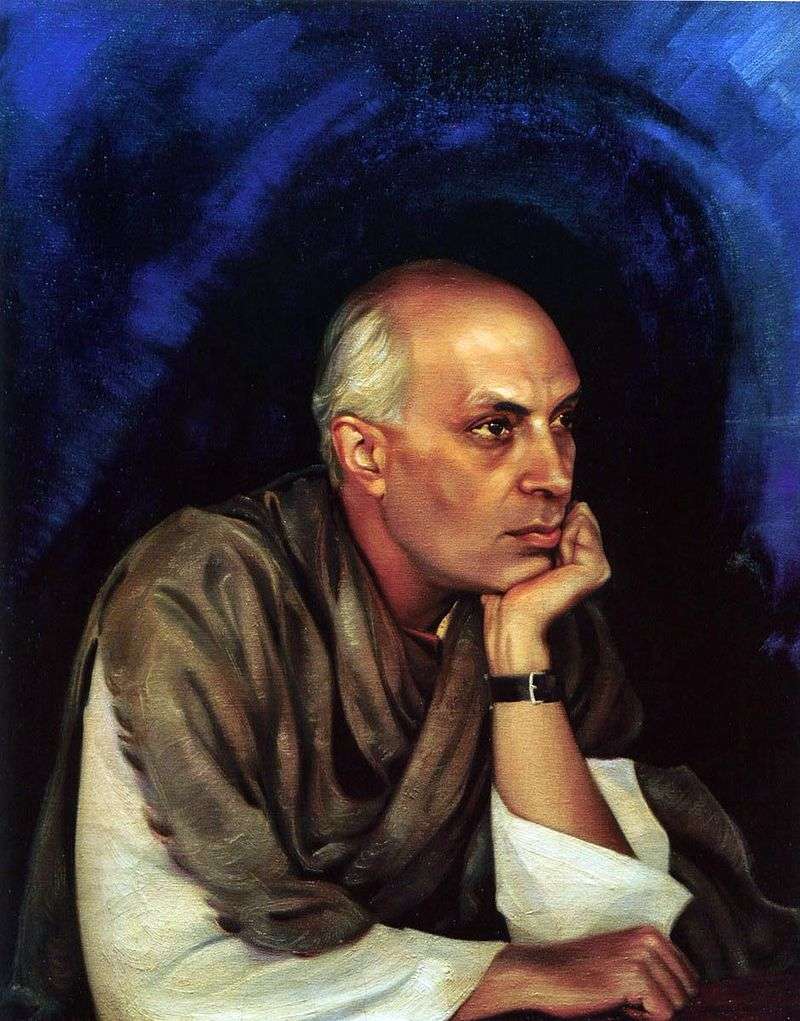
Jawaharlal Nehru and his daughter Indira Gandhi visited the Roerichs’ house in Kulu in May 1942. The great Indian first met and conducted conversations with the great Russian artist and thinker Nikolai Konstantinovich Roerich, his wife Elena Ivanovna Roerich and all the members of this great family, who made a great contribution to the friendship and cooperation between Russia and India. On the visit of Nehru and Indira to Kulu, Nikolai Konstantinovich wrote in an essay diary called “Panditji”: “They spoke about the Indo-Russian Cultural Association.
It’s time to think about cooperation useful, conscious. “The meeting was prepared by Svetoslav Nikolayevich, who at that time had very good relations with a number of prominent members of the Indian intelligentsia. – Joy Indira Gandhi and her son Rajiv. During Javaharlal Nehru’s weekly stay in Kulu, Svyatoslav Nikolaevich began work on his first portraits.
The artist spoke about the best of them in a conversation with the Hermitage staff when in 1960, at the invitation of N. S. Khrushchev, he came to the Soviet Union with a personal exhibition: “When I paint a portrait, I’m mostly interested in the person’s character, and I try to paint portraits with of those people whom I know. Sometimes it’s quite simple to read a person’s character, but it’s still better to recognize him, to study. Here I have a portrait of Jawaharlal Nehru, whom I know well. When I painted this portrait, Nehru lived with us, and I had a lot of time with him. Then I wrote a whole series of studies and portraits from him. He, as you know, is an absolutely amazing person, of a deep beautiful heart, of a great, exceptional breadth of views: he already thinks in universal categories, for him the whole world is a common continent. He is a great driver in India. This portrait was painted in 1942. Since then I have done several others, but this one has remained characteristic… This portrait was technically written by me as I thought it necessary to display this complex face. It just seems simple.
Many artists painted portraits of him and told me how difficult it was. “In the great saga of the struggle for Indian independence, Jawaharlal Nehru took a seat next to Mahatma Gandhi. In this difficult work, a unique union of two personalities, distinct but fused together, diverged views, but able to come to an agreement, is a union that influenced practically all sides of the national liberation movement and brought India to independence.
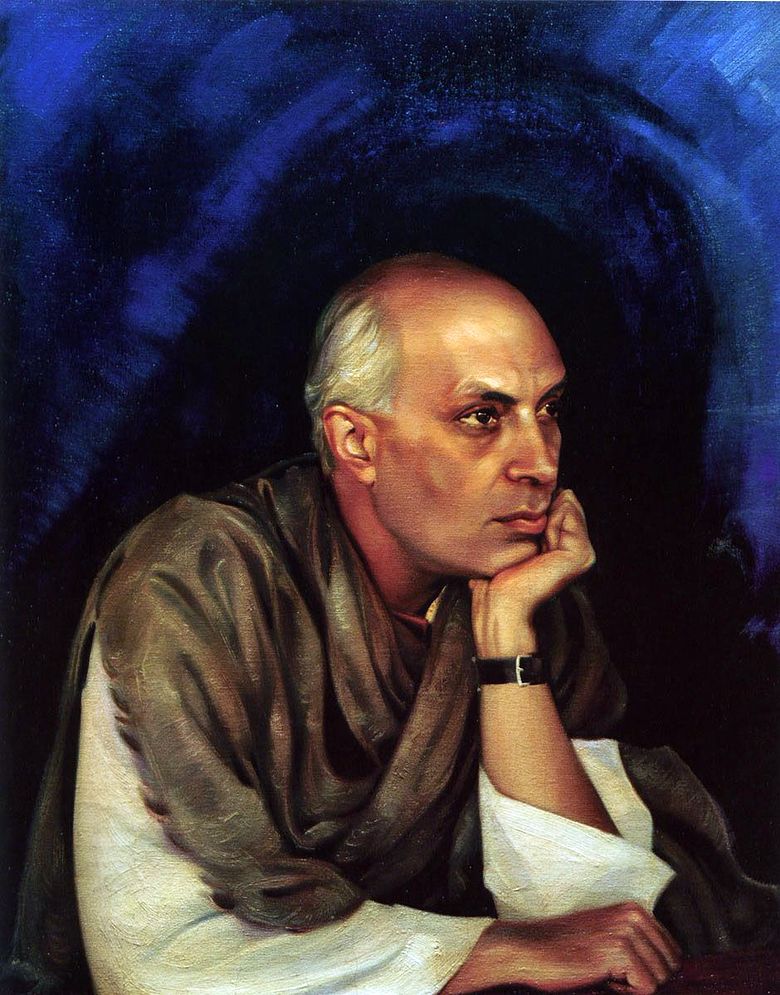 Pandit Jawaharlal Nehru – Svyatoslav Roerich
Pandit Jawaharlal Nehru – Svyatoslav Roerich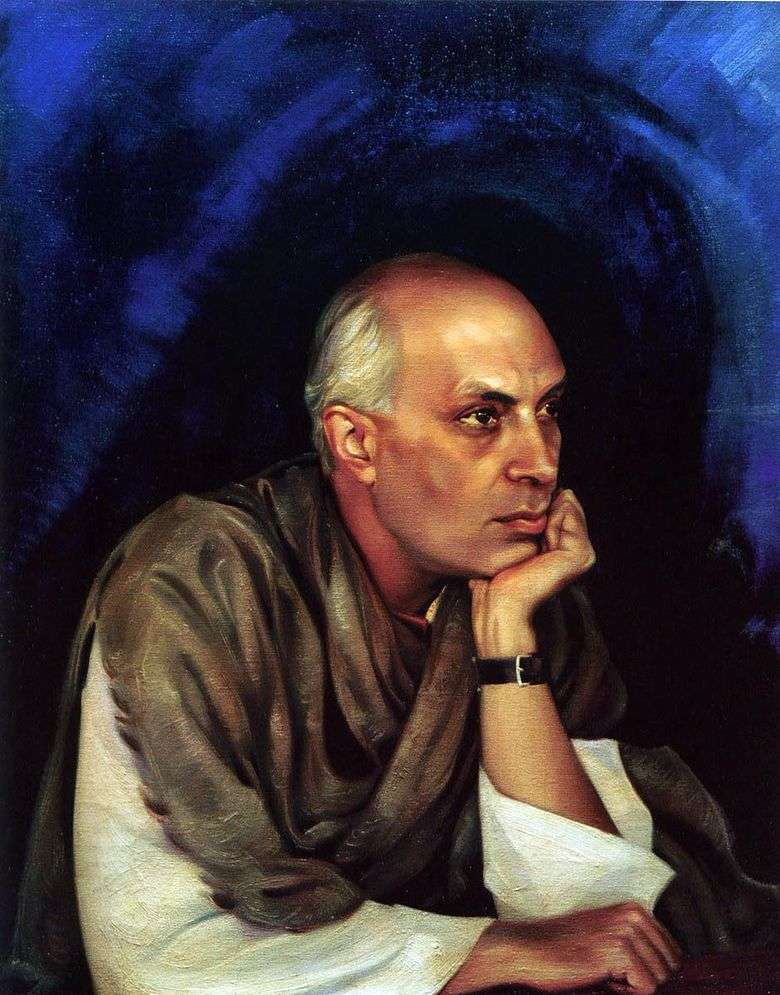 Pandit Jawaharlal Nehru – Svetoslav Roerich
Pandit Jawaharlal Nehru – Svetoslav Roerich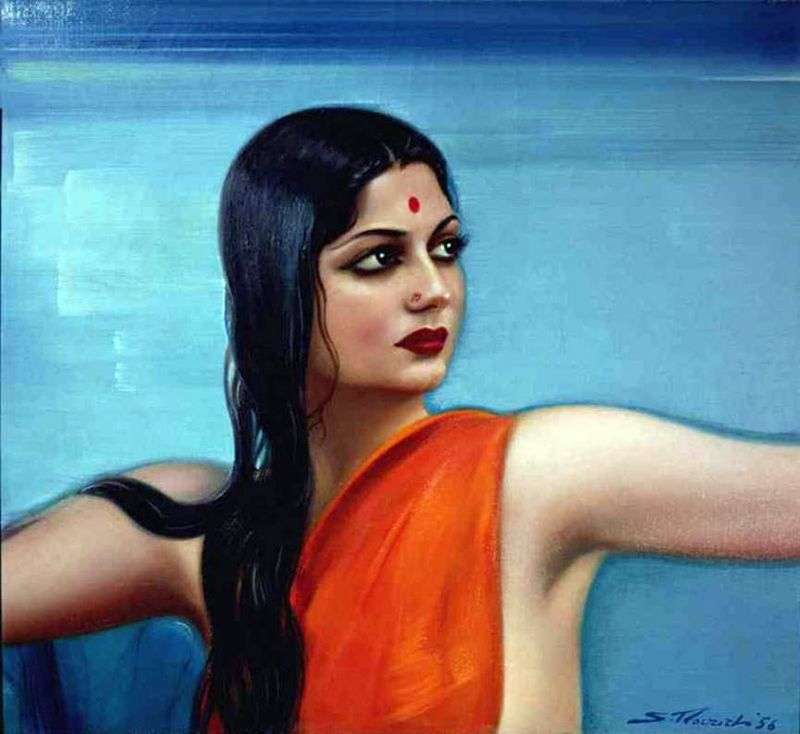 Roshan Wajifdar by Svyatoslav Roerich
Roshan Wajifdar by Svyatoslav Roerich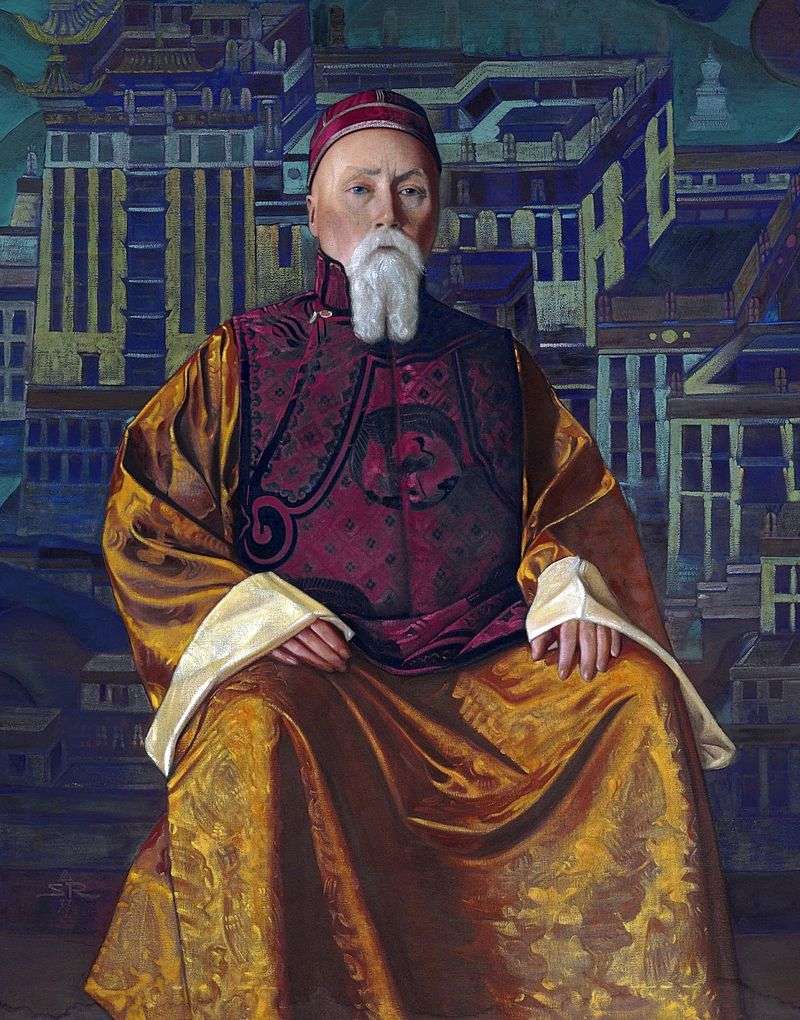 N. K. Roerich by Svyatoslav Roerich
N. K. Roerich by Svyatoslav Roerich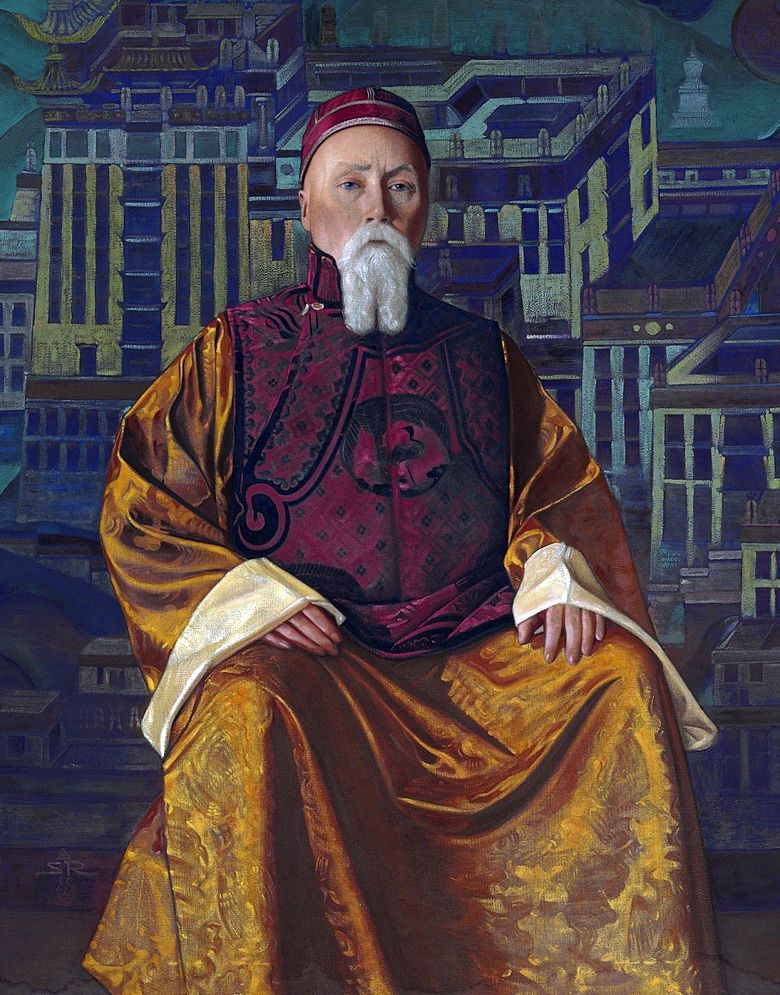 N. K. Roerich – Svyatoslav Roerich
N. K. Roerich – Svyatoslav Roerich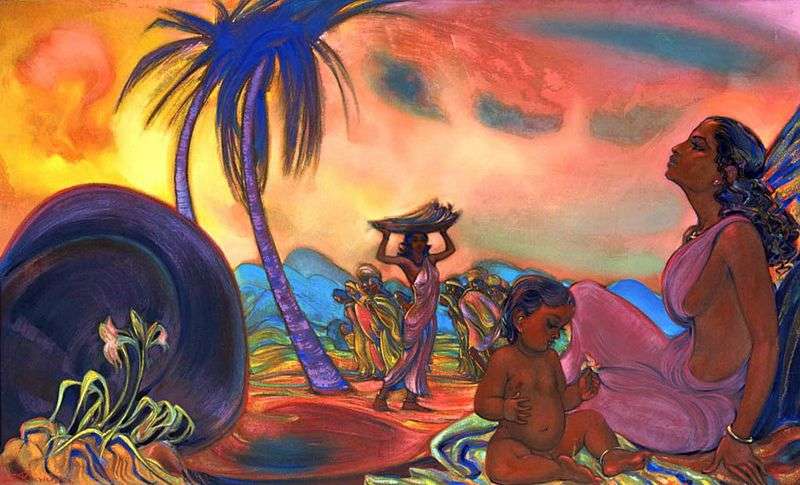 Eternal life by Svyatoslav Roerich
Eternal life by Svyatoslav Roerich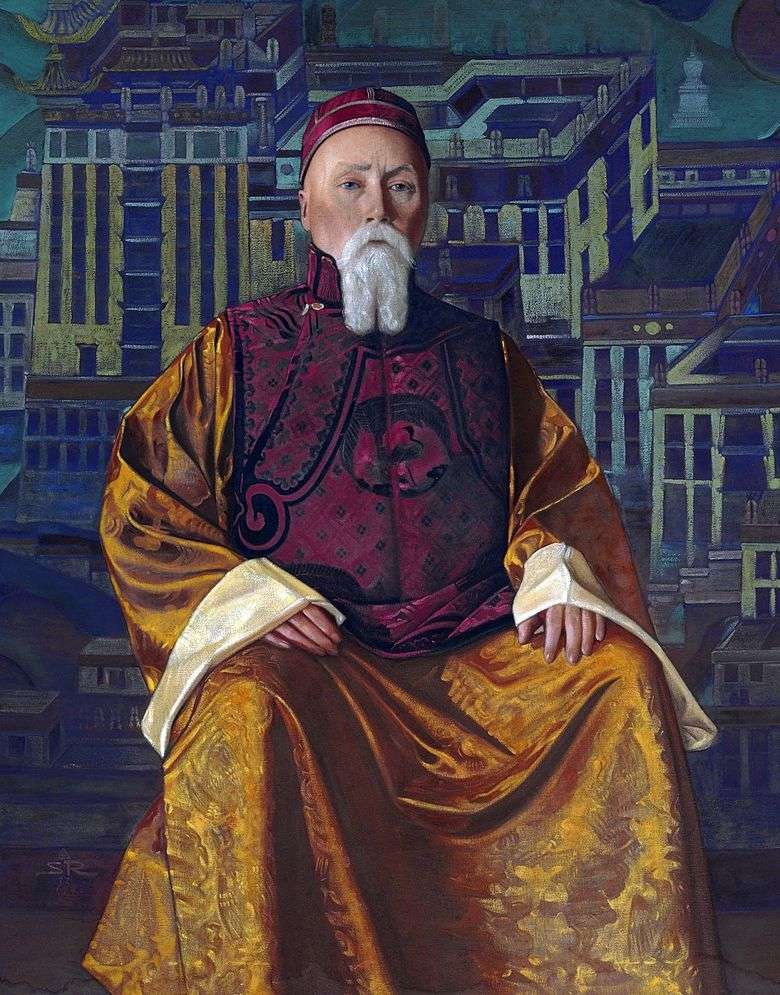 N. K. Roerich – Svyatoslav Roerich
N. K. Roerich – Svyatoslav Roerich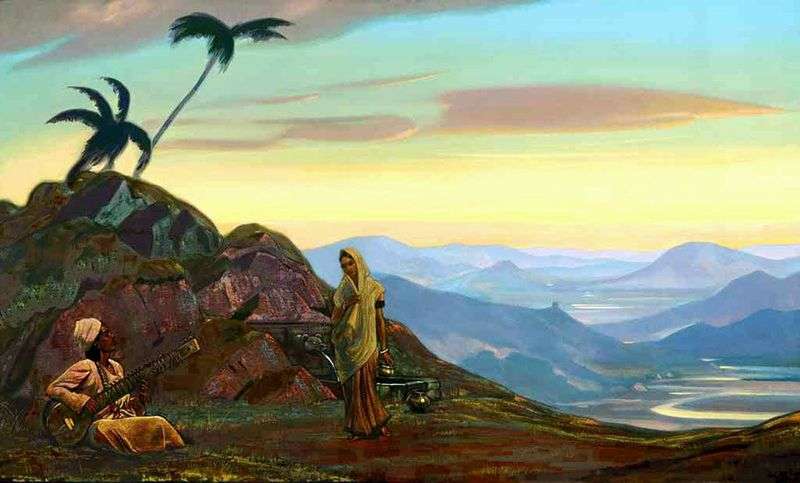 India by Svetoslav Roerich
India by Svetoslav Roerich